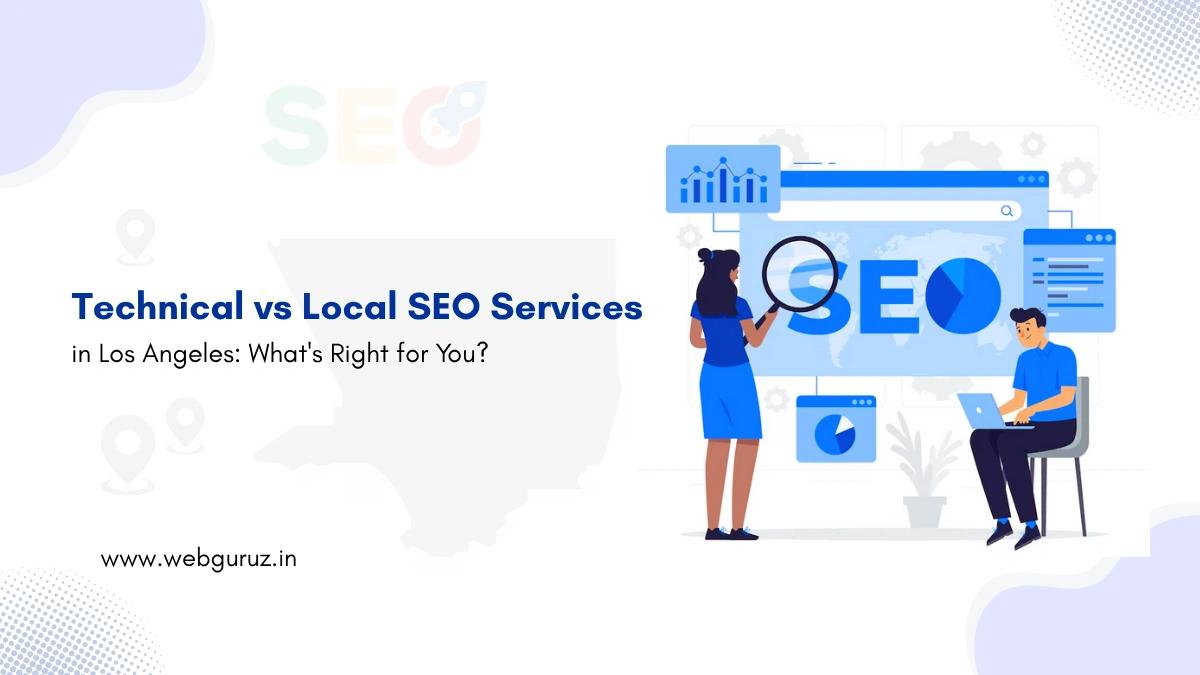Mohit Bhatt
2025-08-11
7 min read
How to Rank in Google’s AI Overview | SEO Strategies for 2025
Google’s AI Overview has changed how people search and find information online.
Read More
Skippable In-Stream Ads
These ads play before, during, or after other videos. Viewers can skip these ads after 5 seconds, but you only pay when viewers watch for at least 30 seconds (or the full duration if shorter) or interact with your ad.
Best for: Building brand awareness and sharing detailed product information or storytelling.
Non-Skippable In-Stream Ads
These are short video ads (15 seconds or less) that viewers must watch before their selected video plays. These videos command full attention but require compelling content to avoid negative viewer sentiment.
Best for: Delivering concise, impactful messages when you need guaranteed viewership.
Video Discovery Ads
These appear in YouTube search results, alongside related videos, or on the YouTube homepage. They consist of a thumbnail image and text, and you only pay when viewers click to watch.
Best for: Promoting content that users are actively searching for or might be interested in based on their viewing habits.
Bumper Ads
These are non-skippable ads limited to 6 seconds that play before a viewer’s selected video. Their brevity forces advertisers to be creative and get straight to the point.
Best for: Reinforcing brand messages and extending the reach of larger campaigns with memorable micro-content.
Masthead Ads
These premium ads appear at the top of the YouTube homepage for 24 hours, providing massive reach and visibility.
Best for: Major product launches, important announcements, or when maximum reach is the primary objective.
Before launching any YouTube ad services, clearly define what you want to achieve. Common objectives include:
The success of your YouTube advertising hinges on reaching the right viewers. Use these targeting options available through
:
Even the most precisely targeted ad will fail if the content doesn’t engage viewers. Follow these best practices:
Google Ads offers several bidding strategies for YouTube campaigns:
Leverage Audience Segmentation
Don’t treat all potential customers the same. Create separate campaigns or ad groups for different audience segments, tailoring your messaging to address their specific pain points and interests.
For example, a fitness equipment company might create different ads for:
Implement Sequential Advertising
Tell your brand story across multiple touchpoints by showing viewers different ads in a strategic sequence. This approach allows you to gradually build awareness, interest, desire, and eventually prompt action.
A sequential campaign might follow this structure:
Optimize for Search Within YouTube
Remember that YouTube is the world’s second-largest search engine. Incorporate relevant keywords in your video titles, descriptions, and tags to improve organic discovery alongside your paid promotions.
Conduct keyword research specifically for YouTube to identify terms potential customers are searching for within the platform, then integrate these into your video metadata and ad copy.
Utilize Custom Intent Audiences
One of the most powerful features of Google Ads management for YouTube is the ability to create custom intent audiences. These allow you to reach people based on their recent search activity on Google, not just their YouTube behavior.
For example, if you sell running shoes, you can target people who have recently searched for “best running shoes for beginners” or “marathon training tips” on Google.
A/B Test Multiple Variables
Never assume you know what will resonate best with your audience. Create multiple versions of your ads with variations in:
Allow the data to guide your decisions by seeing which versions perform best.
Continuous Optimization Process
Successful YouTube advertising requires ongoing refinement:
Frequency Capping and Ad Scheduling
To prevent ad fatigue and optimize spend:
Use the data from your YouTube campaigns to inform remarketing efforts across other platforms. For example, create custom audiences of users who watched your YouTube ads to target with complementary messages on display networks or social media.
Coordinate with Content Marketing
Align your YouTube advertising with your content marketing calendar. Promote your best-performing organic content through ads to extend reach, or create dedicated ad campaigns that complement your latest content initiatives.
Leverage Google Ads Across Products
Remember that Google Ads management extends beyond YouTube. Create comprehensive campaigns that utilize search ads, display ads, and YouTube ads in concert to reach potential customers at multiple touchpoints.
Neglecting Mobile Optimization
Over 70% of YouTube watch time comes from mobile devices. Ensure your ads are designed for smaller screens with easily readable text and clear visuals that work without sound (as many mobile viewers watch with sound off).
Targeting Too Broadly
While reaching a large audience might seem appealing, overly broad targeting often leads to wasted spend. Focus on quality over quantity by defining your audience with precision.
Ignoring the First Five Seconds
With skippable ads, those initial seconds determine whether viewers will continue watching. Front-load your most compelling content and branding elements to make an immediate impact.
Setting and Forgetting
YouTube advertising requires active management. Campaigns left to run without regular optimization typically show declining performance over time.

Mohit Bhatt
2025-08-11
7 min read
Google’s AI Overview has changed how people search and find information online.
Read More
Mohit Bhatt
2025-08-05
7 min read
Getting your marketing and sales teams on the same page can feel like trying to solve a puzzle with missing pieces.
Read More
Mohit Bhatt
2025-07-30
7 min read
When you’re running a business in Los Angeles, standing out online can feel like trying to get noticed on the Hollywood Walk of Fame during peak tourist season.
Read More